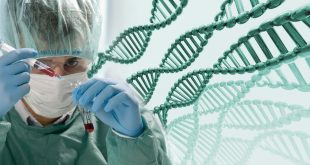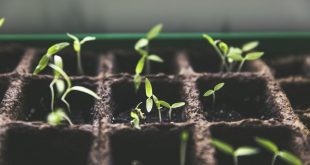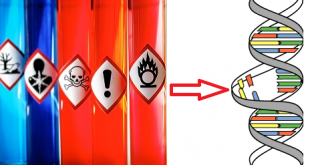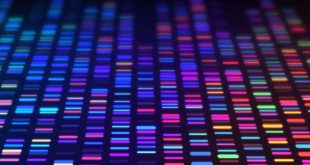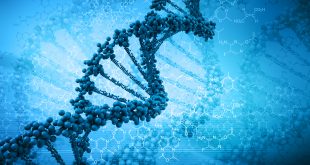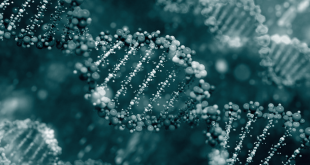What is Plant Biotechnology? Plant biotechnology can be defined as the use of tissue culture and genetic engineering techniques to produce genetically modified plants that exhibit new or improved desirable characteristics. A Short History of Plant Biotechnology The foundations of modern plant biotechnology can be traced back to the …
Read More »Mutation Breeding: Pros, Cons and Achievements of Bangladesh
Mutations are tools to study the nature and functions of genes, as well as to generate raw materials for genetic improvements of crop plants. Many crop varieties with better quantitative, qualitative, and economic value have been developed using it. Recognizing the relevance of this technique in a country’s agricultural development, …
Read More »Mutation Breeding: Material Selection, Dosage, Procedure & Precaution
Mutation is the sudden change in genetic markup of an organism. Inducing mutation in an organism is a very complex process. You need to be extra careful. One mistake and the organism is as good as dead. Despite the danger of overdosing mutagens there is the fact that the mutation …
Read More »Mutagenic Agents: Types, Mechanism & Irradiation Breeding
Mutation breeding or mutagenesis is one of many great inventions of the 20th century. Until 1927, people thought mutation only occurred naturally. But to their surprise, they discovered that humans could even induce mutation artificially. And now in the age of biotechnology almost every plant science lab uses recombinant DNA …
Read More »Mutation Breeding: Definition, History & Types
If you are a fan of Marvel comics, you have almost certainly seen the movie X-Men. Humans with superpower abilities called “mutants”, appear in this film. While human mutants with superpowers are only seen in movies, in real life mutation in humans results in mere abnormalities. For instance, having six …
Read More »Restriction Enzymes: An Introduction to Biological Knives
The first step in sequencing a genome is to divide the individual chromosomes (in eukaryotes) or whole DNA (in prokaryotes) in an ordered manner into smaller and smaller pieces that ultimately can be sequenced. That is, one begins by creating a genomic library of fragmented DNA parts. However, at some …
Read More »Organization of Nuclear DNA in Eukaryotes
Each eukaryotic nucleus encloses a fixed number of chromosomes which contain the nuclear DNA. During most of a cell’s life, its chromosomes exist in a highly extended linear form. Prior to cell division, however, they condense into much more compact bodies which can be examined microscopically after staining. The duplication …
Read More »Genome Structure in Viruses & Prokaryotes
The genomes of viruses and prokaryotes are very simple structures, although those of viruses show remarkable diversity (for a review see Dimmock et al. 2001). Most viruses have a single linear or circular genome but a few, such as reoviruses, bacteriophage φ6 and some plant viruses, have segmented RNA genomes. …
Read More »DNA Reassociation Kinetics & Sequence Complexity
When double-stranded DNA in solution is heated, it denatures (‘melts’) releasing the complementary single strands. If the solution is cooled quickly the DNA remains in a single-stranded state. However, if the solution is cooled slowly reassociation/reannealing i. e. spontaneous realignment of two single DNA strands to re-form a DNA double …
Read More »Linkage and Recombination (Part 2): Sex linkage in Drosophila, Linked gene & Synthetic gene
After Linkage and recombination part 1 We are going to learn from this part- Sex linkage Sex Linage in Drosophila Linked gene Synthetic gene X-linkage in Drosophila Linkage map Significance of linkage and crossing over Get Free Netflix Now Best safe and secure cloud storage with password protection GPL Themes …
Read More » Plantlet The Blogging Platform of Department of Botany, University of Dhaka
Plantlet The Blogging Platform of Department of Botany, University of Dhaka
